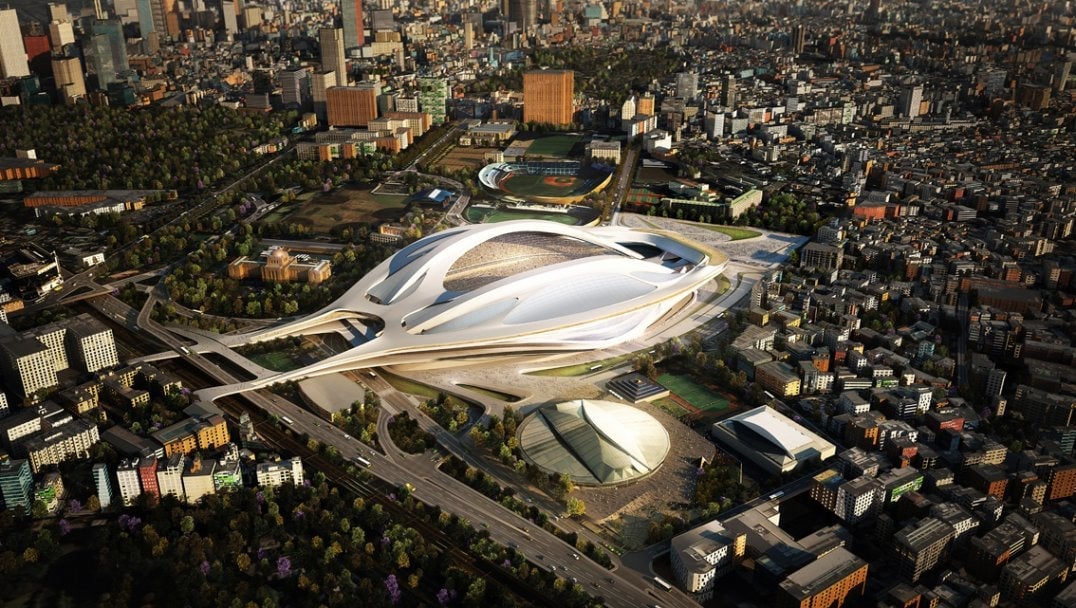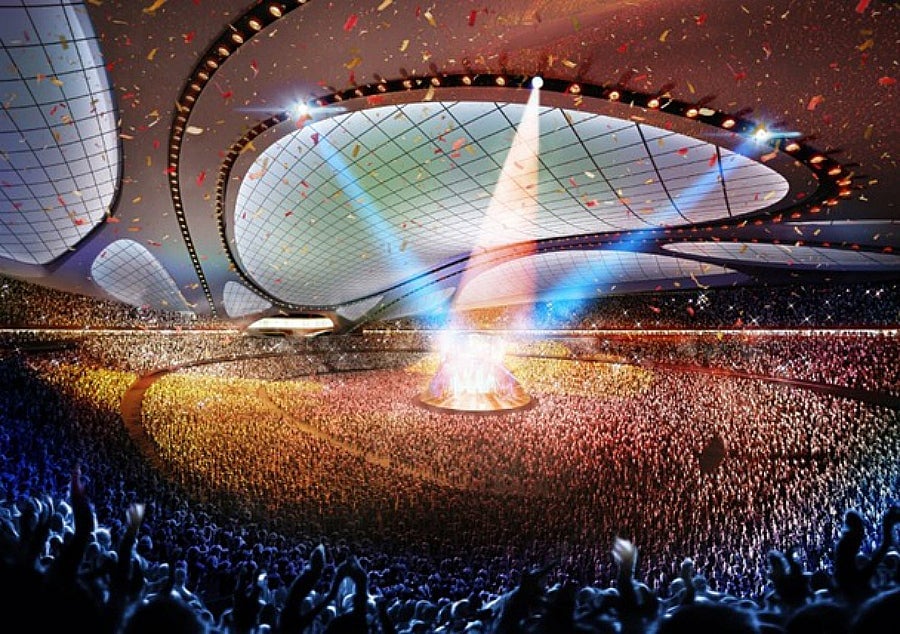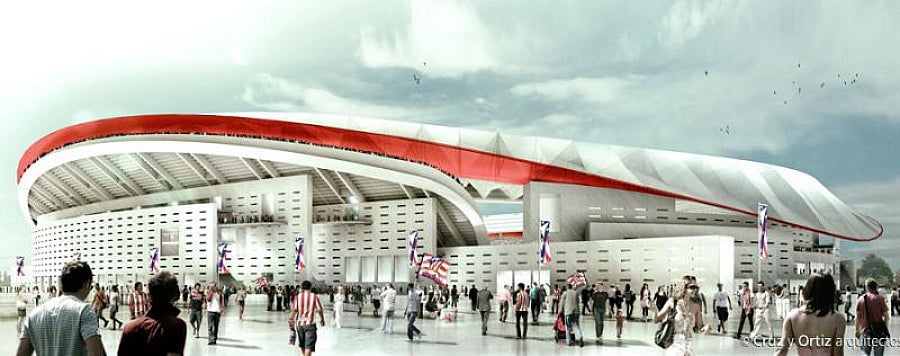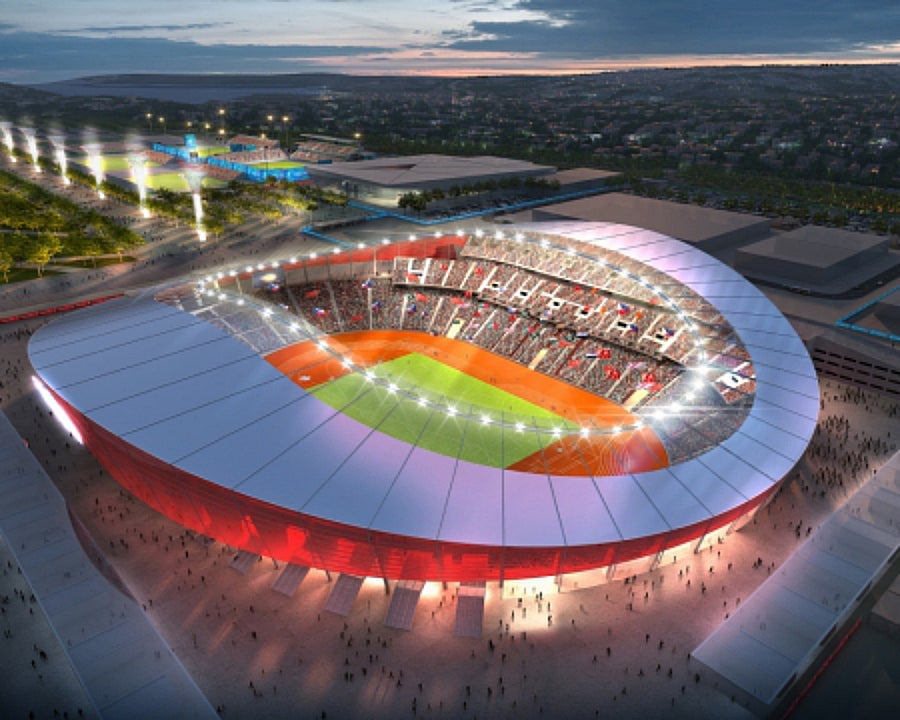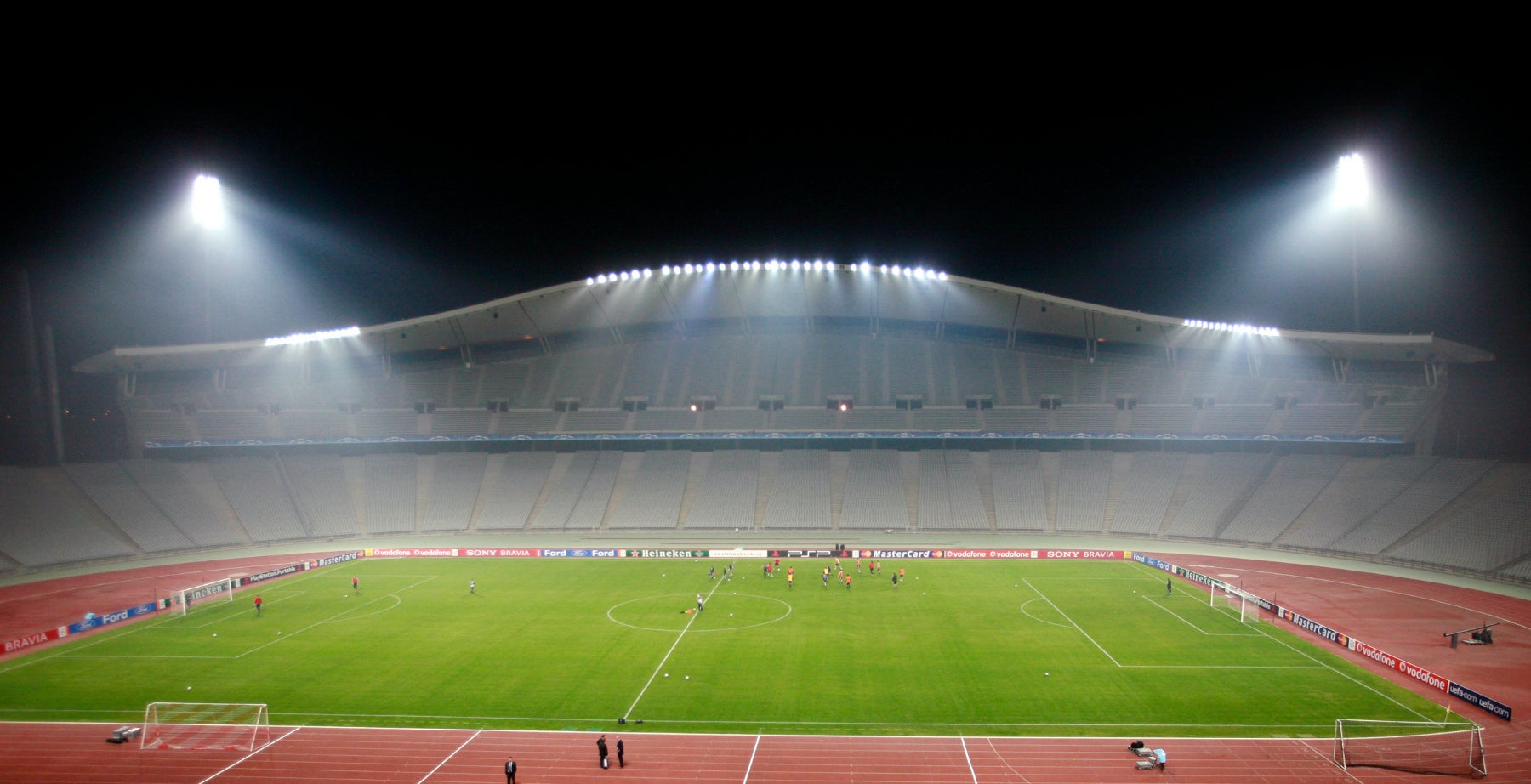One of these three stadiums will house the 2020 Olympic opening ceremonies
By the end of Saturday, we’ll know which city will be hosting the 2020 Olympics. The International Olympic Committee (IOC) will announce its selection after each of the remaining three cities—Tokyo, Istanbul and Madrid—make their final presentations in Buenos Aires, Argentina on Saturday. The bidding process has been a long and arduous one, spanning several years and requiring many rounds of evaluations, proposals and presentations. There are many factors the IOC weighs in making its final decision, including each city’s infrastructure, financial preparedness, travel friendliness, and culture, among other things. But one of the most unique opportunities for each city to distinguish its bid is its proposed Olympic stadium.
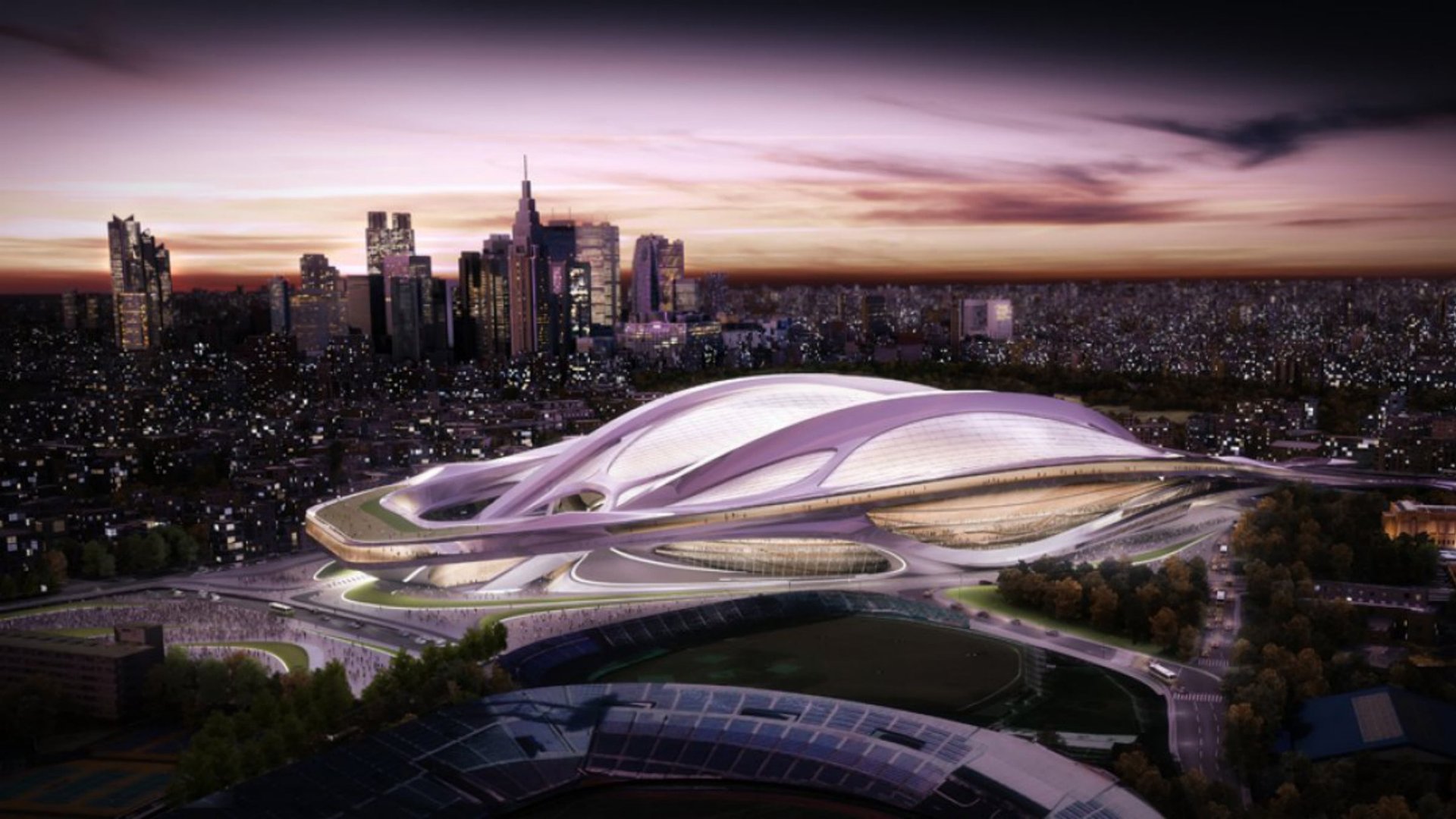

By the end of Saturday, we’ll know which city will be hosting the 2020 Olympics. The International Olympic Committee (IOC) will announce its selection after each of the remaining three cities—Tokyo, Istanbul and Madrid—make their final presentations in Buenos Aires, Argentina on Saturday. The bidding process has been a long and arduous one, spanning several years and requiring many rounds of evaluations, proposals and presentations. There are many factors the IOC weighs in making its final decision, including each city’s infrastructure, financial preparedness, travel friendliness, and culture, among other things. But one of the most unique opportunities for each city to distinguish its bid is its proposed Olympic stadium.
A city plays host to the Olympics, but a city’s main Olympic stadium plays host to the opening ceremony, one of the most lasting images of any Olympic games. The opening ceremony, and Olympic torch lighting—which signals the game’s start—is a country’s opportunity to showcase the full range of its culture.
In 2008, China’s elaborate ceremony was encased in its National Stadium, also known as the Bird’s Nest for its external appearance. The building, which took five years to construct, was designed by architects Jacques Herzog, Pierre de Meuron of Herzog & de Meuron, Stefan Marbach, Li Xinggang, and artist Ai Weiwei. In 2012, London hosted the opening ceremony in its own Olympic stadium at Queen Elizabeth Olympic Park. Built by the same team that erected soccer club Arsenal’s stadium, the structure was purported to have been built with sustainable development in mind, but received mixed reviews from critics—especially when compared to Beijing’s Bird’s Nest.
Each of the finalist cities bidding for the right to host the 2020 Olympics has put forth a remarkably different design or completed structure for its Olympic stadium—though they all entail reconstructing existing facilities rather than starting from scratch. Tokyo’s futuristic design, created by Zaha Hadid Architects, has been called a helmet by some, and UFO by others, but is likely the most architecturally daring of the three. The core of the design is a radical makeover of Tokyo’s National Stadium, which housed the 1964 Olympics. Madrid’s stadium isn’t being built from scratch, but rather reconstructed. Estadio La Peineta, an old stadium in Madrid, is being overhauled into what will become soccer team Atlético Madrid’s official stadium, and the host of the opening ceremonies in the case that Madrid wins the bid. Turkey’s Ataturk Olympic Stadium was originally built in 2002, and was used to host the 2005 UEFA Champions League Final. It was part of Turkey’s bid to host the 2008 Olympic Games, for which Istanbul was not chosen.
Here’s a look at the architects’ renderings for what each city is proposing as its main Olympic stadium in advance of tomorrow’s announcement.
